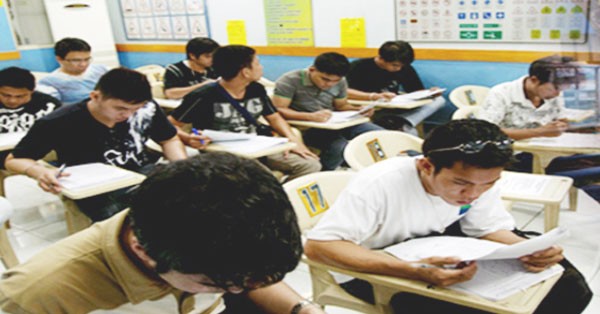Things you need to know before taking the LTO Exam
By Andrea Nicole
Posted on Jun 30, 2020
All aspiring driver’s license holders in the Philippines must undergo an application process that includes taking driving exams. But before that, one should apply first for a student permit. This permit allows practice driving through private lessons with a licensed driver or by enrolling in a driving school.
After a minimum of one month of having a student permit, one can opt to apply for a driver’s license, which means the driving exam needs to be taken. Whether the individual prefers to get a non-professional or professional driver’s license, he/she will still have to undergo the examination. This exam includes a written and practical driving exam. Both exams should have a passing mark in order to allow issuance of a driver’s license.
Before, LTO used to conduct lectures on the site itself before taking the exam. As of now, the lectures are no longer being done but instead, reviewers have been available online that can be accessed freely by the public. More than that, LTO also provides an option for the examinee to either take the test in Filipino or English.
Preparing for the Written Exam

The written driving exam for the non-professional driver’s license is 40 items, while the professional is 60 items. All of the questions in the exam are in a multiple-choice format. The passing score for the non-professional driver exam is 30 out of 40; on the other hand, the professional driver exam has a passing score of 45 out of 60.
The written exam is composed of the following:
- General knowledge
- Handling and driving
- Road signs and markings
- Road position
- Parking
- Emergencies
- Violations and penalties
The result from the written exam will be available one hour after taking the exam. Only applicants who were able to manage getting a passing grade can proceed to the practical driving exam. The written exam passers will then be asked to go to the designated location where the practical driving exam is being held.
Getting ready for the practical driving exam

The actual driving test includes imitation of real-life public driving circumstances. An LTO personnel will accompany the examinee for the entirety of the practical driving exam. The vehicles that are required to be driven in order to assess the skill and capability will depend on the restriction preferred by the individual.
It is important to bear in mind that parking the vehicle in reverse is included in the course of the exam so it is better to practice that skill beforehand. Although vehicles for the practical driving exam are provided by LTO, one can still opt to drive a private vehicle for the practical exam itself. This can give the examinee an advantage since there is already familiarity with the vehicle controls.
The most essential key in passing both the written and practical exam is to be prepared. Allow an ample amount of time to review lessons regarding driving and traffic rules and the Philippines and to practice driving smoothly on the road. Let’s take our part in maintaining safety and orderliness on the roads by not being one of the “dangerous” drivers.
In the unfortunate event of failing the LTO Exam
The exam can still be taken a month after failing one or both of the written and practical exams. Failing on the second attempt, on the other hand, means the opportunity to take the exam a year after failing it. Finally, failing it on the third try will take two years before having to retake it again.

